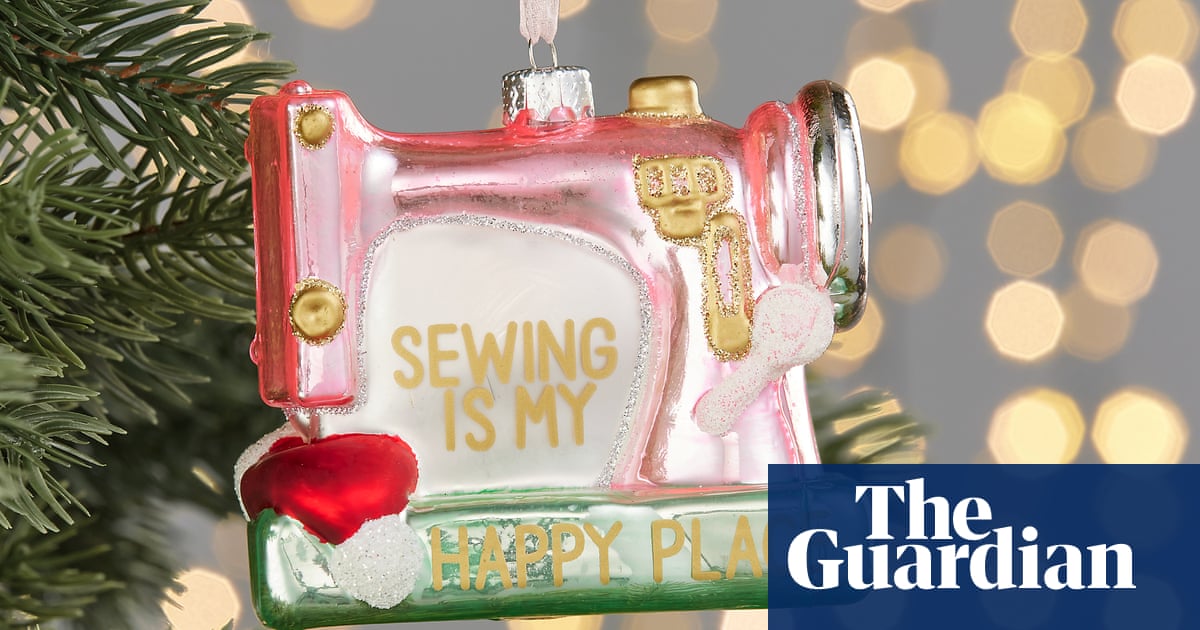
In the early 2000’s the term “fast fashion” became a common term as low-cost fashion became easily accessible to the average consumer. Fast fashion is defined as cheap, trendy clothing that is taken off the runway and put into mass production at record turnaround to meet consumer demand around the world. The clothing is cheaply made and purpose-built to last only a few wears before being discarded for the next trendy item. As a result, fast fashion is having a dangerous effect not only on the environment, but also on the workers creating the latest trends in your closet.
The growing appetite for fast fashion has led to a crisis of labor exploitation in the fashion industry. Today, the production of clothing is the second most likely product to have been made in modern slavery. According to the Clean Clothes Campaign, 93% of brands don’t pay their workers a living wage, forcing laborers to work 14-16 hours a day seven days a week just to have enough to eat and a place to live. Unsafe working conditions have resulted in the loss of thousands of factory workers’ lives, alongside repeated and sustained exposure to hazardous chemicals and excessive noise without proper protection and sometimes none at all. While there are limited statistics on the amount of people in forced labor in the fashion industry, from what is available we can infer that out of the 48.5 million suspected slaves, 58% are in cotton and garment producing countries. There are 19 countries that have been found to use forced labor in their garment or jewelry supply chains to date, and in reality that number is likely much higher.
It is important to hold corporations that engage in these practices accountable and to step-up oversight and legislation to end this practice. But as consumers, we have a role to play by educating ourselves on where our clothing is coming from and looking behind the fashion at the supply chains that bring it to us, and ensuring we are not tacitly supporting modern slavery with our wallets. Most importantly, we need to question the obsession in Western culture with blind consumerism and challenge ourselves not to feed the fast fashion supply chain.
We can start by understanding the five steps of the clothing supply chain: garment design, textile production and sourcing, manufacturing, distribution, and purchasing. Most labor violations occur in the second and third stage of the supply chain, textile production and manufacturing. In textile production, there has been growing concern and increasing media coverage on cotton production. In January 2021, the US government banned imports of cotton from the Xinjiang region of China after evidence surfaced of internment camps supplying labor for cotton production, primarily made up of ethnic minority Uyghurs. In India, there is evidence in the spinning mills that workers are victims of forced labor. Their personal identification documents are being withheld, they are in an isolated region away from friends and family, and many recruiters hold the workers in debt bondage. One worker stated: “We cannot take leave, if we leave our wages will be delayed. We have to keep working for the sake of our families and most of us have debts and loans to pay off. We bear all these for the sake of family, for our children’s education.”
In the manufacturing stage, the production of garments has shifted predominately to Asian countries in an attempt to find cheap labor. In a study of Vietnamese garment workers, workers consistently stated they were being coerced to work through threats and intimidation. Different indicators of forced labor were prevalent: restriction of movement, intimidation and threats, abusive working and living conditions, and excessive overtime. With 97% of all clothes sold in the US being imported from offshore manufacturing centers, the businesses we purchase clothing from has had a significant impact on the poor wages and labor conditions of these factories.
As a consumer, it is important to notice where your clothing is coming from. In a search for sustainable clothing, you can check to see if the textiles that went into creating your clothing are fair trade certified, especially when buying cotton clothing. You can also check the label and see where your clothing is made – it is likely an indication that your clothing was produced on the back of labor violations if the labels state ‘made in China, Bangladesh, or Indonesia.’ Another way to ensure that your clothing is sustainably made is to look to see if the company has posted their supply chain. There have been movements in both the government and apparel industries to encourage corporations to take the Transparency Pledge and publish their supply chain as well as initiatives to help businesses track supply chains from start to finish.
If you are finding it difficult to afford brands that are sustainable, it is important to remember that there are other ways you can stop the fast fashion trend by shopping second hand and upcycling your clothing. Thrifting clothes is a great way to not contribute to fast fashion while still finding new styles and maintaining a budget. There are even online thrift shops like ThredUp and Swap that allow you to browse through second hand clothes just like shopping at a regular online retailer.
The most impactful change starts with corporations adopting policies that incorporate rigorous supply chain monitoring, coupled with a strong commitment to stop outsourcing cheap labor. But if we as consumers incorporate supply chain education into our fashion shopping habits, and choose slavery free fashion, we can show big brands and retailers that modern slavery doesn’t pay.












